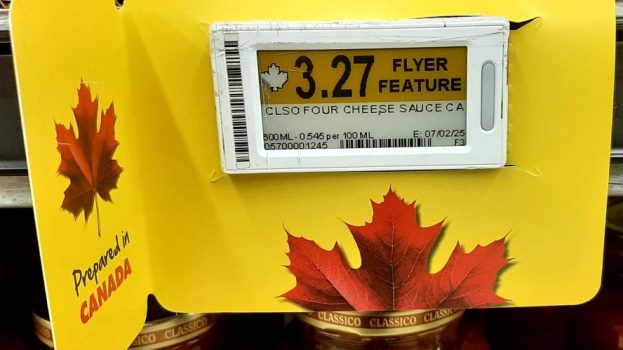Consumer attitudes towards spending, shopping, brand loyalty and delivery had a small but telling shift over the course of last week, as social distancing became the norm and Canadians adjusted to the “new normal.”
That’s according to data from Bond Brand Loyalty, which surveyed 1,512 consumers in two waves on March 16 and 20 to gauge how swiftly attitudes are changing in a crisis.
The surveys found that over the course of the week, more Canadians were planning to spend less money in the next three months than they normally would: 55% on Friday, versus 42% who said the same on Monday.
When they are pulling out their wallets, consumers are turning more frequently to online restaurant delivery (which grew by 6% over the course of the week to 21%), online shopping (which grew by 4% to 24%) and grocery delivery (which grew by 5% to 20%).
Brand loyalty is also seeing a slight shift, with 21% of consumers willing to switch the grocery banner they shop at, based on need or convenience, which grew by 3% over the course of last week.
While the changes are in the single digits, they are a hint as to the direction consumer behaviour will continue to head. And Sean Claessen, Bond’s chief strategy officer, says it shows that those working on CRM, loyalty and e-commerce teams have become “captains of the ship,” since they are the only people “with really direct contact with customers” and access to revenue streams that will “ keep the lights on, so to speak.”
According to Claessen, friction during this period has increased trial of click-and-collect among consumers that weren’t considering it before. In the moment, they went for safety reasons to limit interactions and exposure to crowded spaces, but Claessen says those people are discovering how much time it saved.
“They will log into their brains that the experience was convenient and something they would stick with,” he says, especially when click-and-collect, delivery and curbside pickup are currently being offered for free.
Among the survey’s other findings: 26% of Canadians were very satisfied with the ways loyalty programs and credit cards are responding to the situation by the end of last week, compared to 19% who said the same at the beginning of the week and 33% in the most recently edition of Bond’s annual Loyalty Report.
The survey says benefits and status flexibility are not top of mind for members right now, as they typically are. Initially, Claessen says, well-intentioned brands were messaging about easing anxiety and boosting consumer confidence, particularly in travel, and quickly found they had to communicate complicated messages about cleaning regimens, something they weren’t as familiar with. Now, the most important thing for brands to communicate is safety taking extra measures to ensure the health and safety of their physical location and tracking and complying with the evolving regulatory guidelines, such as messages Galen Weston has been sending to PC Optimum members.
However, brands also need to be ready to pivot to new messaging priorities about as quickly as the COVID-19 situation changes.
“There’s gonna be an ever-evolving set of expectations in consumers’ minds about what consumers want to hear about and what are expecting to hear about from brands,” Claessen says.

























